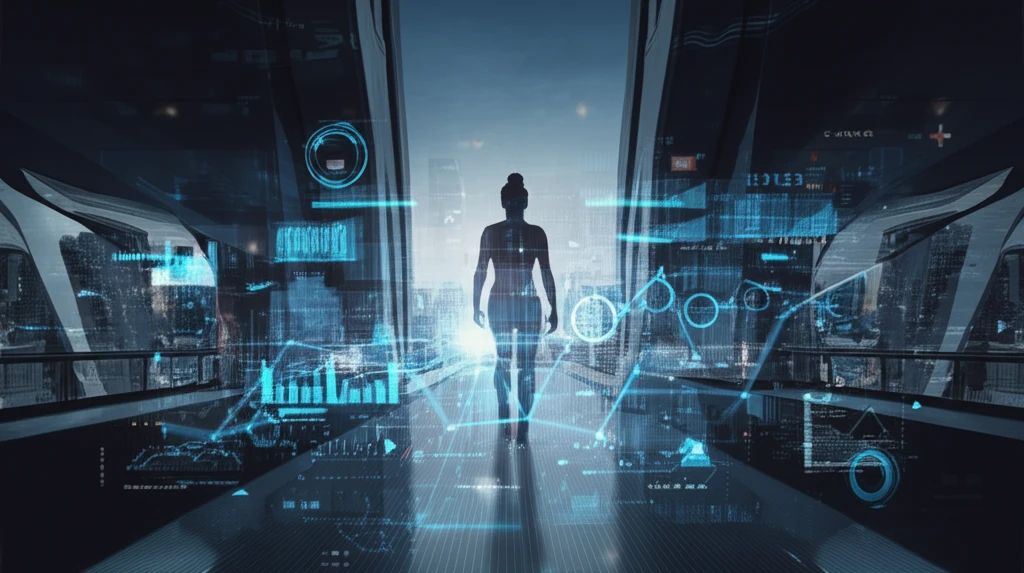
Unlock Your Identity: How Gait Analysis is Revolutionizing Personal Identification
"Beyond fingerprints: Discover the innovative ways gait analysis uses your unique walking style for secure identification and forensic applications."
In an era where digital and physical security are paramount, the quest for more reliable and less intrusive identification methods continues to drive innovation. While fingerprinting and facial recognition have long been staples, a new biometric frontier is emerging: gait analysis. This technology focuses on the unique way each person walks, turning a seemingly mundane movement into a powerful identifier.
Gait analysis offers a compelling alternative to traditional biometrics. Unlike methods that require close proximity or active participation, gait can be assessed from a distance, making it suitable for a wide range of applications, from access control and surveillance to forensic investigations and healthcare monitoring. The beauty of gait analysis lies in its unobtrusiveness and potential to capture both physical and behavioral characteristics.
Recent advancements in sensor technology, particularly the use of Microsoft's Kinect, have made gait analysis more accessible and accurate than ever before. By leveraging 3D skeletal tracking, researchers are developing systems that can identify individuals based on their gait with remarkable precision, regardless of variations in clothing, viewpoint, or environmental conditions. This article explores the fascinating world of gait analysis, its underlying principles, applications, and the exciting possibilities it holds for the future of identification.
What Exactly is Gait Analysis, and Why Should We Care?

Gait analysis is the systematic study of human walking. It involves observing and measuring various aspects of a person's movement, including stride length, walking speed, joint angles, and body posture. The premise behind gait analysis as a biometric identifier is that each individual possesses a unique walking pattern, influenced by factors such as body structure, muscle strength, and neurological function.
- Non-Intrusive: Gait can be captured from a distance without requiring the subject's cooperation, making it ideal for surveillance and security applications.
- Difficult to Conceal: Unlike facial features or fingerprints, which can be altered or obscured, gait is difficult to disguise or replicate.
- Rich Source of Information: Gait provides insights into both physical characteristics (e.g., height, leg length) and behavioral patterns (e.g., walking style, coordination).
- Versatile Applications: Gait analysis has potential applications in various fields, including security, forensics, healthcare, and sports performance analysis.
The Future of Walking: A World Identified by Gait
Gait analysis is poised to become a key technology in various fields, offering a unique blend of security, convenience, and insight. As sensor technology improves and algorithms become more sophisticated, we can expect to see even wider adoption of gait analysis in the years to come. From secure access control systems to personalized healthcare solutions, the way we walk may soon unlock a world of possibilities.
